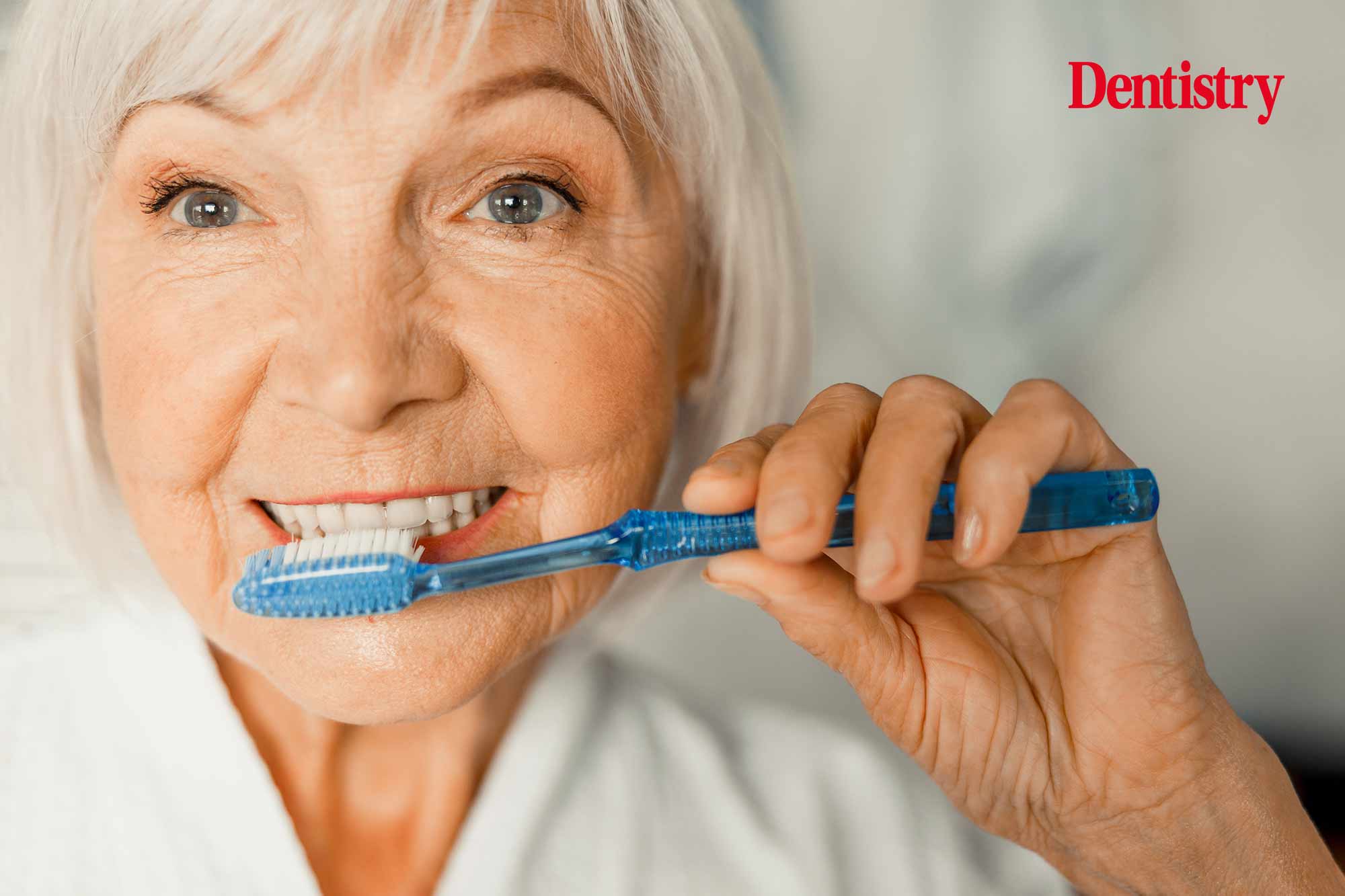
The final instalment is a series of articles focused on biofilm – this article investigates the latest evidence in relation to disrupting plaque bacteria.
Almost half of the population suffers from periodontitis, and at-home daily dental plaque control between dental visits is key to maintaining oral health.
Gingivitis and periodontitis are a continuum of the same inflammatory disease. However, it does not follow that gingivitis will always progress to periodontitis.
Evidence also indicates that interrupting the plaque colonisation process may well offer the most appropriate approach in helping to prevent the progression of periodontal diseases.
Unfortunately, it is also known that, for a variety of reasons, brushing and interdental cleaning alone may be insufficient to maintain an adequate level of plaque control in many people.
Tackling interproximal plaque
It is widely accepted that the bacteria present in dental plaque are a major cause of caries and periodontal disease, and that prevention of these conditions requires removal of that plaque.
Reinforcing this idea, Boyle and colleagues (2014) wrote: ‘Dental plaque is the main cause of oral diseases and can be removed mechanically by ‘effective’ brushing and flossing.’
Whilst the standard recommendation is to brush the teeth and clean interdentally, evidence suggests that the adjunctive use of a mouthwash may provide benefits beyond mechanical cleaning.
The latest evidence base
Indeed, peer reviewed clinical studies published in the American ‘Journal of Dental Hygiene’ (2022), demonstrated that a specific essential oil-based mouthwash (Listerine), when added to brushing and flossing, reduces interproximal plaque by 28.4% when compared to brushing and flossing alone.*
Additionally, the same mouthwash formulation was shown to achieve a 4.6x greater interproximal plaque reduction above the gumline versus flossing that was performed by a dental hygienist.**
This adds to the to the pre-existing evidence base presented by Araujo and colleagues (2015), the first meta-analysis to demonstrate the clinically significant, site-specific benefit of adjunctive essential oil mouthwash in people within a six-month period (that is, between dental visits).
The analysis revealed that 36.9% of subjects using mechanical methods with essential oil-containing mouthwash experienced at least 50% plaque-free sites after six months. This compares to just 5.5% of patients using mechanical methods alone.
Of course, not all patients are the same – attack plaque from every angle.
For further information, visit listerineprofessional.co.uk.
Read other articles in this series:
* Sustained plaque reduction above the gumline with continual twice daily use for 12 weeks after a dental cleaning. Flossing underwent once daily supervision on weekdays. Use Listerine as part of a three-step routine.
** Sustained plaque reduction above the gumline with continual twice daily use for 12 weeks after a dental cleaning. Flossing was performed by a dental hygienist.
References
- Department of Health and Social Care: Delivering better oral health: an evidence-based toolkit for prevention (2021): Chapter 5. Available at: https://www.gov.uk/government/publications/delivering-better-oral-health-an-evidence-based-toolkit-for-prevention/chapter-5-periodontal-diseases (accessed May 2022)
- Chapple ILC et al. Periodontal health and gingival diseases and conditions on an intact and a reduced periodontium: Consensus report of workgroup 1 of the 2017 World Workshop on the Classification of Periodontal and Peri-Implant Diseases and Conditions. J Periodontol 2018; 89 Suppl 1: S74-S84
- Kinane DF, Attström R. Advances in the pathogenesis of periodontitis. Group B consensus report of the fifth European Workshop in Periodontology. J Clin Periodontol 2005; 32(Suppl. 6): 130-131
- Barnett ML. The rationale for the daily use of an antimicrobial mouthrinse. JADA 2006; 137: 16S-21S
- Anas B et al. A single-brushing study to compare plaque removal efficacy of a manual toothbrush, an electric toothbrush and an ultrasonic toothbrush. J Oral Hyg Health 2018; 6(3): 1000249
- Boyle P et al. Mouthwash use and the prevention of plaque, gingivitis and caries. Head & Neck Oral Diseases 2014; 20(1): 1-76
- Lynch MC et al. The effects of essential oil mouthrinses with or without alcohol on plaque and gingivitis: a randomized controlled clinical study. BMC Oral Health 2018; 18: 6-15
- Milleman J et al. Comparative effectiveness of toothbrushing, flossing and mouthrinse regimens on plaque and gingivitis: a 12-week virtually supervised clinical trial. Journal of Dental Hygiene 2022; 96(3): 21-34
- Bosma ML et al. Efficacy of flossing and mouthrinsing regimens on plaque and gingivitis: a randomised clinical trial. Journal of Dental Hygiene 2022; 96(3): 8-20
- Araujo MWB et al. Meta-analysis of the effect of an essential oil-containing mouthrinse on gingivitis and plaque. JADA 2015; 146(8): 610-622.


